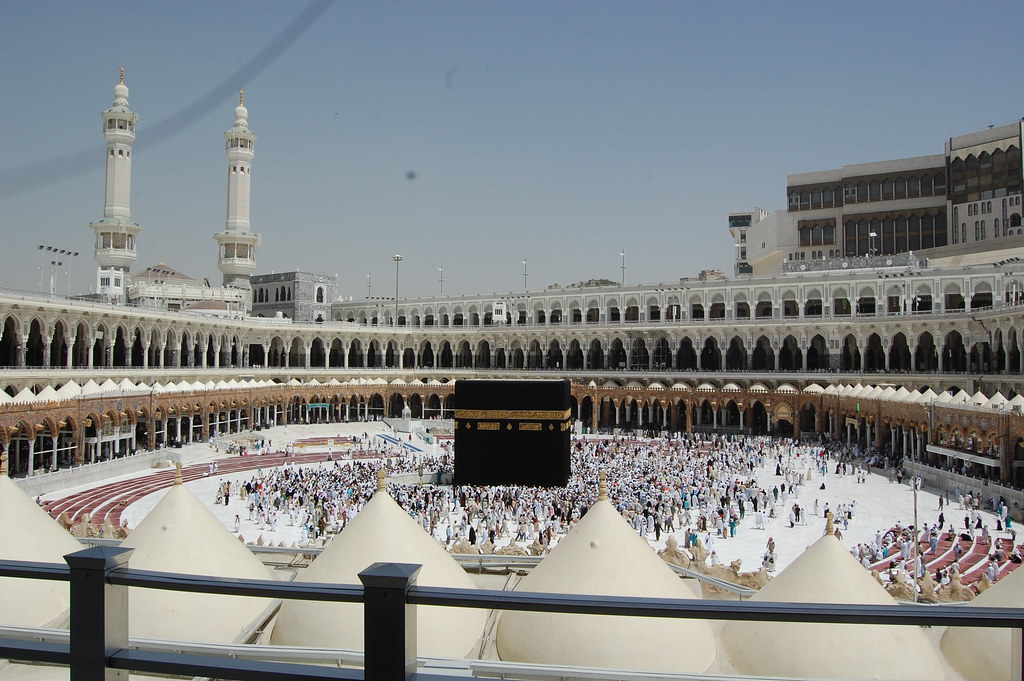
Saudi Arabia is transforming religious tourism into a significant economic driver through its Vision 2030 plan, aiming to diversify the economy, reports Muhammad Ali Bandial in Salaam Gateway (June 27). In 2024, over 18.5 million pilgrims visited the kingdom (16.9 million for Umrah and 1.61 million for Hajj), and the goal is to welcome 30 million Umrah pilgrims annually by 2030—since Umrah can be done at any time of the year, in contrast with Hajj. Religious tourism contributes approximately $12 billion annually to Saudi Arabia’s economy, making up nearly 20 percent of the non-oil economy and around 7 percent of the total GDP. The sector supported over 936,000 jobs in 2023, with that number projected to rise to 1.6 million by 2030. Saudi Arabia has significantly modernized its religious tourism infrastructure, with advancements like e-visa registrations, climate-controlled tents, and real-time crowd monitoring. Efforts to extend stays and integrate cultural and leisure activities aim to boost visitor spending and reduce seasonality. To maximize economic benefits, Saudi Arabia encourages pilgrims to extend stays by combining religious rites with visits to cultural destinations like Jeddah’s Al-Balad, Taif, or the Red Sea coast. This “Umrah plus” strategy aims to increase average stays from five to nine nights and boost per capita spending beyond $1,000.

(Salaam Gateway, https://salaamgateway.com/story/how-saudi-arabia-is-turning-religious-tourism-into-a-growth-engine)